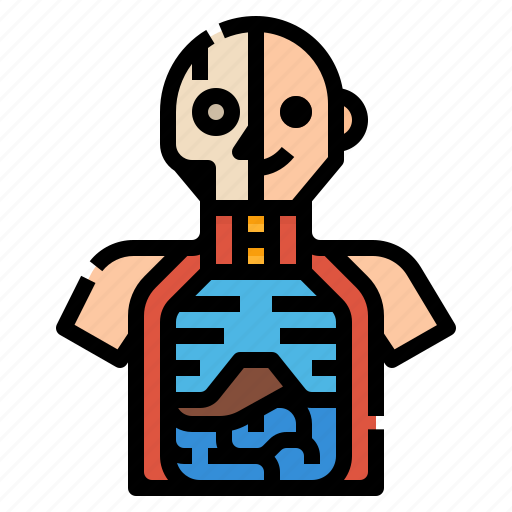There are questions regarding the structure of the body; for example, what are the muscles of your chest? Do they include your triceps, biceps, and forearms? Or do they only include your biceps?
Is it possible for all of the organs of the body to be divided into groups, such as the stomach, the small intestine, the liver, the spleen, and the pancreas? Do these groupings include all the organs or only some of them?
Does the liver have a kidney? Or is the kidneys separate from the liver? These are just a few of the questions that may be asked by an AP Exam tester. They may also ask about other organs of the body, such as the lungs and the brain.
The brain is a very important body part, as it controls all of the functions of the body. How many times have you heard someone say, “I feel dizzy”? What are the symptoms of a stroke? Are the symptoms of a heart attack the same as those of a migraine?
It may seem odd to ask these questions, but it makes perfect sense when you look at the body. The brain controls all of the functions of the body, and the parts of the body that are most closely related to the brain are the muscles.
As you probably already know, there are a number of muscles in the body, including your shoulder, back, chest, abdominal area, upper leg, neck, hands and toes. All of these muscles control different aspects of the function of the body.
So if you do not know the answers to the questions or do not understand them well enough to give the correct answer, then you can always take a test and see if you do well on it. Then you will know what your muscles mean and how to respond to situations.
You do not need to know everything about the body to answer these types of tests. As long as you know the names of the muscle groups and their meaning, you will know what to say.
The names of muscle groups and their meaning are: the chest muscles, abs, lower back, pelvis, hip flexors, and thigh. There are also some variations of the muscles of the abdomen, and abdominal area.
So once you know the definition of the muscle groups, then you can give a more detailed explanation of what the muscles are used for. For example, when you lift weights, you use several muscles, like the chest muscles, lower back, abs, pelvis, hips, and thighs. The abdominals are also muscles that are used when you sit down.
And when you are thinking about things that are being done with your mind, you can answer the same questions with a little more detail. Some people call the main muscles in the brain the “thought muscles”. They include your forebrain, cerebrum, hippocampus, amygdala, hippocampus, and basal ganglia.
So when you start thinking about your muscles and the function of the body, remember that what you think is based on what the muscle groups do. You should use the name of the muscle group to explain it. That way, it is easier to do the test accurately.
Do not use your hand to explain a muscle group. It does not make it more real.
So once you know the anatomy quiz, you should try to give an answer. This means using the question and giving an answer that makes sense to you. If you do not know the meaning of words, you may need to look up their meanings. It may be easier if you start out with the first question in the exam and read the definitions.
If the question is too simple, then just skip it and come back to it later when you have more information. Keep in mind that answering this type of test will help you improve your knowledge about the body, and increase your knowledge of muscles.


